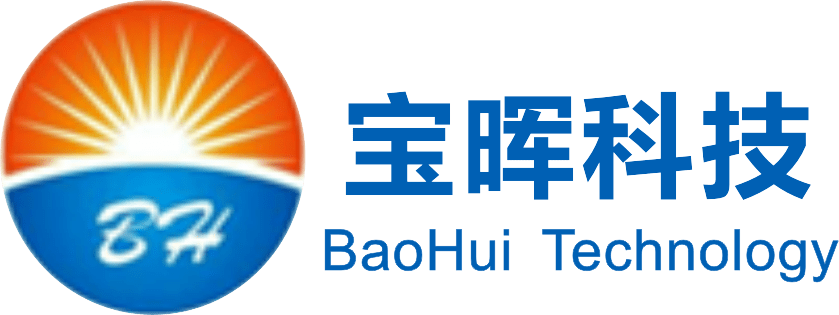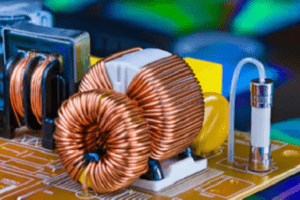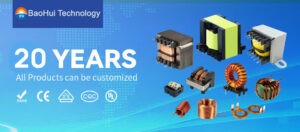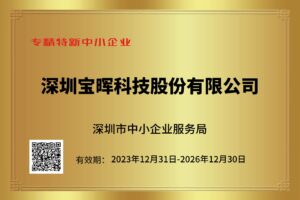Difference between inverter and frequency converter
1. Different definitions
A frequency converter is a component that is used to change the frequency of alternating current (AC), while an inverter is a component that is used to turn direct current into alternating current (AC).
Frequency converter is developed from the field of modern power electronics technology and is a commonly used device to change between our DC and AC power. It can also change the frequency of our AC power to control the power control device of AC motor.
Inverter is mainly composed of rectifier (AC to DC), filter, inverter (DC to AC), braking unit, driving unit, detection unit microprocessor unit and so on. The inverter is to convert DC power (battery, storage battery) into AC power (generally 220V, 50Hz sine wave). It consists of inverter bridge, control logic and filter circuit. Widely used in air conditioners, home theatres, electric grinding wheels, power tools, sewing machines, DVDs, VCDs, computers, televisions, washing machines, range hoods, refrigerators, VCRs, massagers, fans, lighting and so on.
2. The frequency is differentFrequency converter to have to adjust the frequency of the part, while the inverter as long as there is a fixed output frequency can be. Inverter circuit with the rectifier circuit on the contrary, the inverter circuit is the DC voltage is converted to the desired frequency of the AC voltage to the determined time to make the upper bridge, the lower bridge power switching device conduction and shutdown. Thus, the output U, V, W three-phase on the three-phase AC voltage with a phase difference of 120 ° electrical angle.
3. Different working principles
Inverter is the DC power (batteries, storage batteries) into alternating current (generally 220V, 50Hz sine wave), the frequency can be adjusted; frequency converter is the input alternating current is converted to the required frequency of the alternating current output; the principle of “AC-DC-AC” or “AC-AC”. The principle of “AC-DC-AC” or “AC-AC”, “AC-DC-AC” form is more common. “AC-DC-AC” first converts AC to DC, and then DC to AC, that is, “rectifier + inverter”.
READ MORE:
How Inverters Work
An inverter is a DC to AC transformer, which is actually a voltage inversion process with a converter. The converter is to transform the AC voltage of the grid into a stable 12V DC output, while the inverter is to transform the 12V DC voltage output from the Adapter into a high-frequency high-voltage alternating current (AC); the two parts of the same are used more pulse width modulation (PWM) technology.
The core part is a PWM integrated controller, the Adapter is UC3842, the inverter is used TL5001 chip. TL5001 operating voltage range of 3.6 ~ 40V, its internal set of an error amplifier, a regulator, oscillator, deadband control of the PWM generator, low-voltage protection circuit and short-circuit protection circuit and so on.
Input connector section: There are three signals in the input part, 12V DC input VIN, work enable voltage ENB and Panel current control signal DIM. VIN is provided by the Adapter, ENB voltage is provided by the MCU on the main board, and its value is 0 or 3V, when ENB=0, the inverter does not work, and ENB=3V, the inverter is in the normal working state; and DIM voltage is provided by the main board, and its value is 0 or 3V. DIM voltage is provided by the main board, and its variation range is between 0 and 5V. Different DIM values will be fed back to the PWM controller feedback terminal, and the current supplied by the inverter to the load will be different, and the smaller the DIM value is, the larger the current output from the inverter is.



